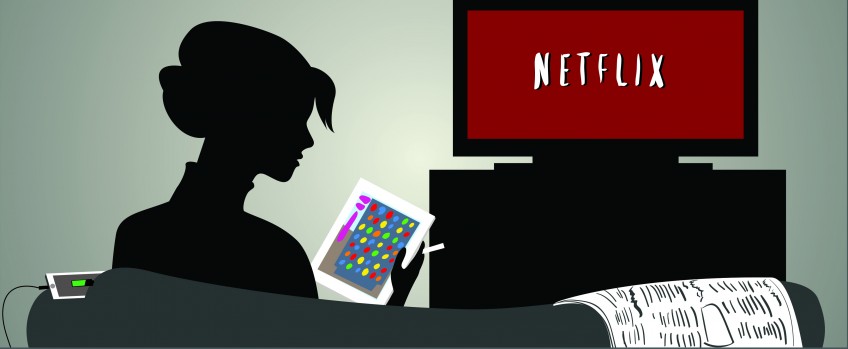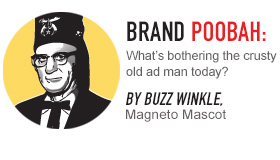Sunday evening’s Emmys saw some big shutouts and a Neil Patrick Harris suit that looked like he borrowed it from Hugh Hefner, but a standout moment caught our attention here at Magneto when Don Cheadle reflected on the evolution of television starting with the JFK assassination.
But as news and current events affected TV coverage and shows like the Emmys, they also affected advertising for what Cheadle called the “television generation.”
He referenced 1963 as the first time in history more people received news via television rather than newspaper, and not surprisingly, this trend carried over to advertising.
Television advertising allowed companies to show rather than simply tell the story of their brands and product demonstrations ran rampant. As commercials evolved, advertisers started venturing into the idea that advertising could, and sometimes should be entertaining. This led into product placement opportunities on popular sitcoms throughout the 80s and 90s, as well as the outrageous growth of hilarious Super Bowl ads.
Now with the growth of Hulu and Netflix, there’s been an increase in television “binge viewing.” (Seriously, how many episodes of Dexter, Mad Men, Game of Thrones and/or Breaking Bad have YOU sat and watched on end? That’s what we thought.) Binge viewing has gotten to the point where Netflix has released eight original series, which received 14 Emmy nominations and a win.
This change in TV watching has again dictated how advertisers go about hitting audiences. Some ads are skippable after the first few seconds. Others, like Hulu, aim to target its intended audience by asking “is this ad relevant?” after each commercial-like break in the streamed show. Audiences are now looking in many directions, and it’s up to the companies and advertisers to meet them there.
This isn’t to say that the TV commercial is dead – it just might not be the end-all, be-all as it’s been in years past. TV advertising now belongs in a sort of ecosystem in which multiple platforms work together to promote a brand, and TV is still a key player.
Game of Thrones recently planted a dragon skull on a British beach to promote its newest season. It also ran a full page dragon shadow ad in the New York Times earlier this year and worked with Time Warner Cable to create a TV spot featuring clips and lines of the show that do double duty to advertise both HBO and Game of Thrones itself.
Cheadle referred to the “immediacy of television” on Sunday, however, looking at advertising and marketing as a whole, if the strategy isn’t immediate or real time, it’s likely to fail. (We reference you to these examples of excellent real time marketing here via AdWeek.)
At Magneto, we work to bring all the necessary and relevant pieces together for our clients to elevate their brands with TV and video capabilities as a significant piece of the branding and advertising puzzle. How has TV worked for you? And where do you see it going? Let us know in the comments below!
Share:
Recent Posts
- 9/22/2016 • Magneto Creates M Financial’s 2015 Annual Report
- 8/03/2016 • Magneto aligns Marger Johnson’s look with the industries it serves
- 7/20/2016 • Magneto brings bold vision to City Color branding and website development
- 7/13/2016 • Brand Advertising, Defined: The Creative Process
- 5/25/2016 • Brand Advertising, Defined: Where Science Meets Art



